The graceful undulation of a snake as it navigates across varied landscapes is one of nature’s most fascinating displays of evolutionary adaptation. While we often picture snakes gliding effortlessly across dry sand or forest floors, these remarkable reptiles also face challenging environments like muddy terrain that require significant adjustments to their locomotion techniques. In wet, viscous substrates, snakes employ specialized movements that transform potential obstacles into advantages. Through remarkable biomechanical adjustments and sensory adaptations, snakes have mastered the art of muddy terrain navigation, demonstrating once again how evolution has produced solutions to complex environmental challenges. These adaptations not only ensure survival but also allow snakes to thrive in habitats that might otherwise seem inhospitable to limbless creatures.
The Biomechanics of Snake Locomotion
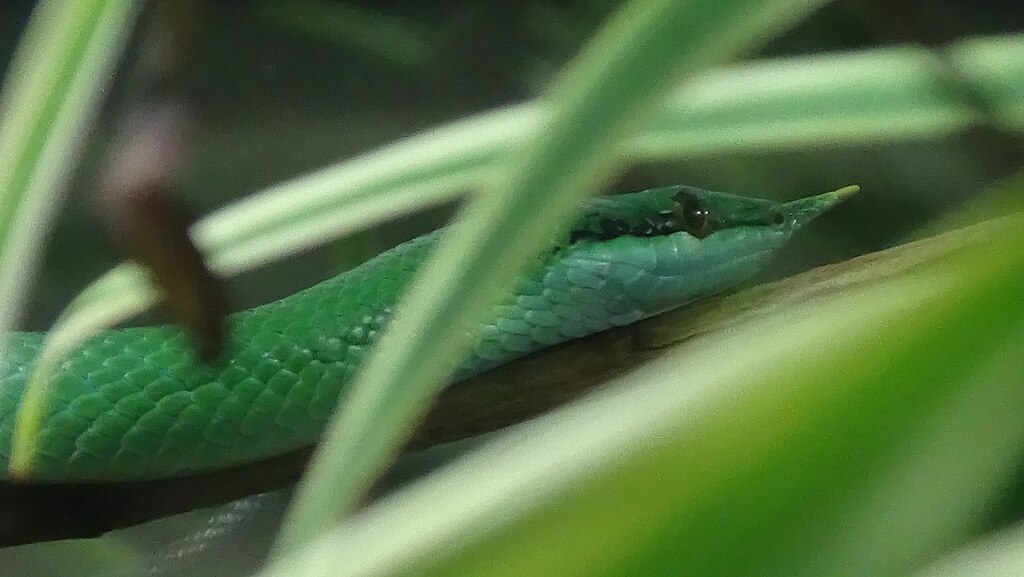
Snake movement represents one of nature’s most elegant solutions to the challenge of locomotion without limbs. Unlike legged animals, snakes rely on the coordinated contraction of hundreds of muscles working in concert with their flexible spine and specialized scales. The basic serpentine motion, characterized by S-shaped lateral undulations, involves pushing against contact points in the environment to generate forward thrust. This system works through a complex interplay between the snake’s muscular control, the friction properties of its scales, and the reactive forces from the surface it traverses. Understanding these fundamental mechanics is essential to appreciating how snakes modify their movement strategies when confronting muddy conditions, where the physical properties of the substrate dramatically change.
The Challenge of Muddy Environments
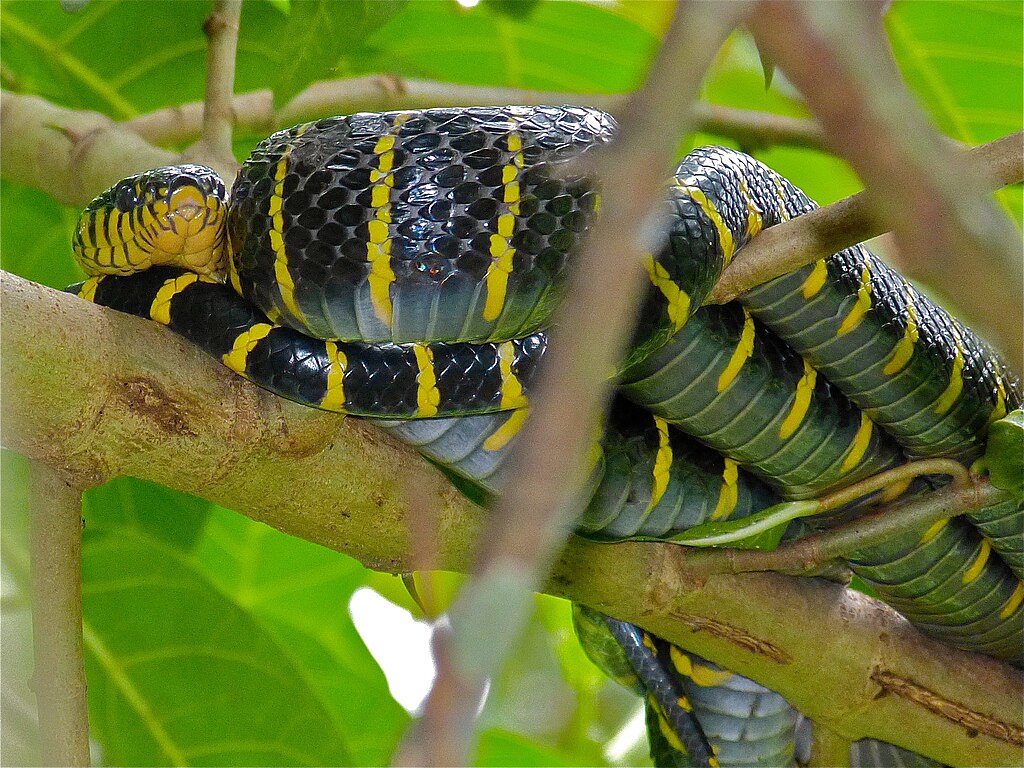
Muddy terrain presents unique physical challenges that differ significantly from dry surfaces, requiring substantial adaptations in how snakes move. The high moisture content creates a substrate with complex viscoelastic properties – simultaneously demonstrating characteristics of both liquids and solids. This duality means mud can flow around a snake’s body while also providing resistance that changes depending on the speed and force of movement. Additionally, mud’s variable consistency can range from thin, almost fluid-like mixtures to thick, clay-like substances that actively resist penetration. The adhesive properties of mud can also impede movement by clinging to the snake’s scales, potentially increasing energy expenditure during locomotion. These properties transform the fundamental physics of the environment, requiring snakes to essentially “rewrite” their movement strategies.
Concertina Locomotion in Muddy Conditions
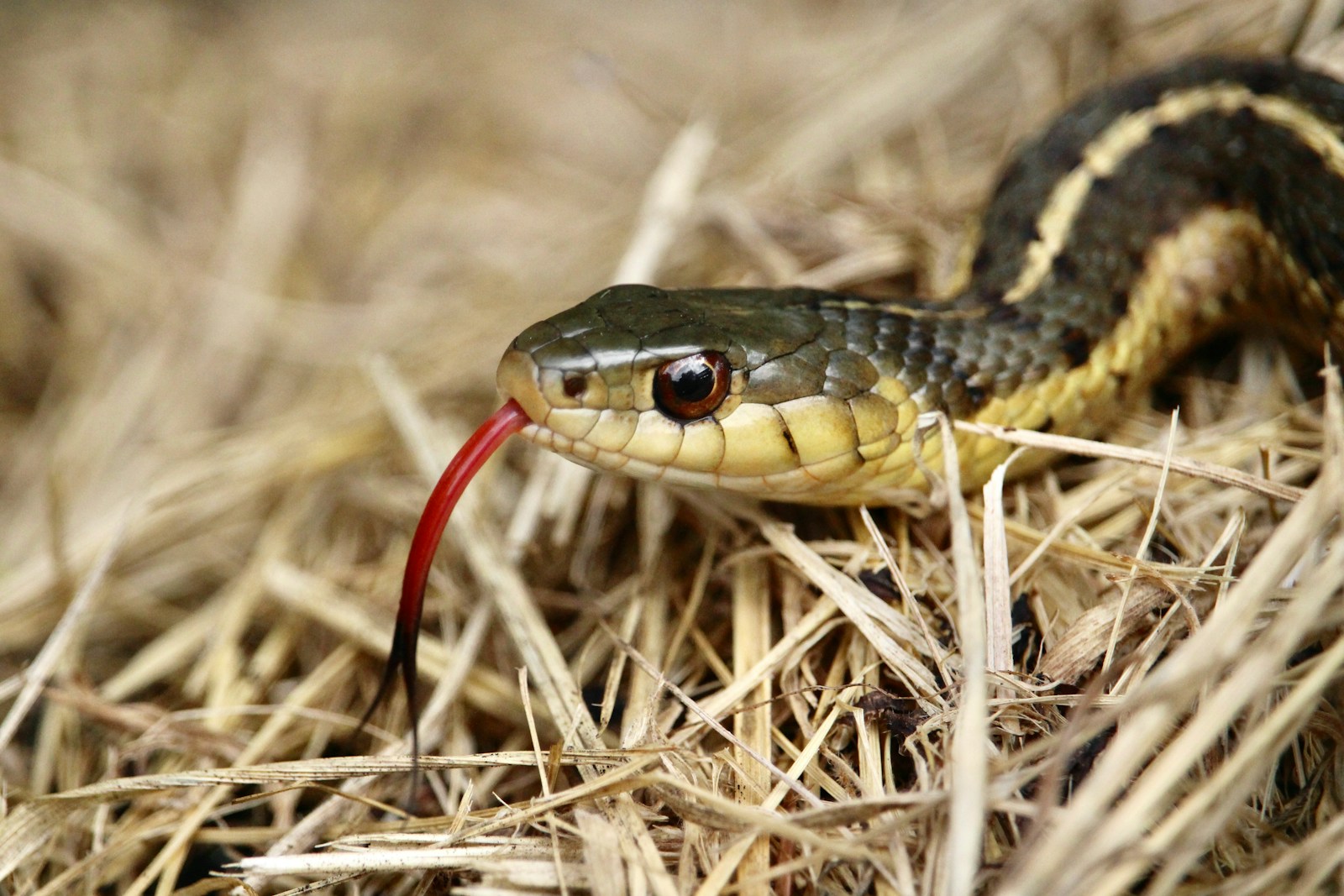
When navigating particularly challenging muddy environments, many snake species shift from lateral undulation to a specialized movement pattern known as concertina locomotion. This technique involves the snake anchoring its posterior portion in the mud, then extending the anterior portion forward before contracting to pull the rest of the body along. This accordion-like movement creates smaller, more controlled points of contact with the unstable substrate, reducing the risk of slipping or sinking. Research has shown that concertina locomotion, while slower and more energy-intensive than lateral undulation, provides superior traction in low-friction environments like mud. The deliberate, segmented nature of this movement pattern allows snakes to test the stability of the terrain ahead before committing their full body weight, functioning as both a locomotion strategy and a sensory exploration technique.
Modified Lateral Undulation for Mud Navigation
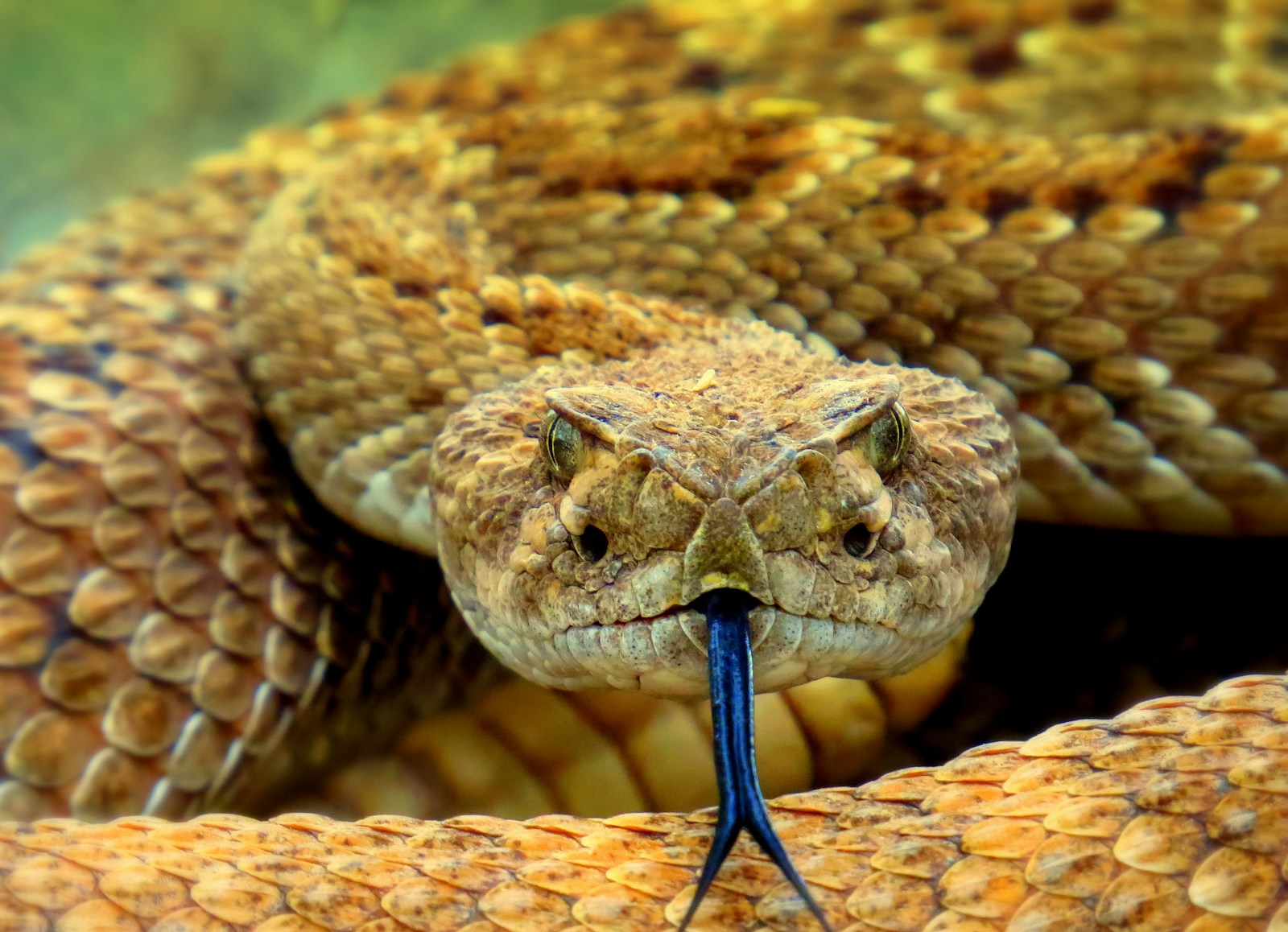
While some snakes switch entirely to concertina locomotion in mud, others adapt their lateral undulation pattern to better suit the properties of this challenging substrate. When using modified lateral undulation in mud, snakes typically increase the amplitude of their body waves while decreasing their frequency, creating wider, more powerful curves. This adaptation increases the surface area pushing against the mud, enhancing the potential for generating forward thrust. Biomechanical studies have revealed that these modified undulations allow snakes to distribute their weight more effectively across the unstable surface, preventing excessive sinking. The snake also actively adjusts the stiffness of different body segments during this movement, creating a dynamic system that responds to variations in mud consistency encountered along its path.
Rectilinear Progression: The Mud Crawler’s Solution
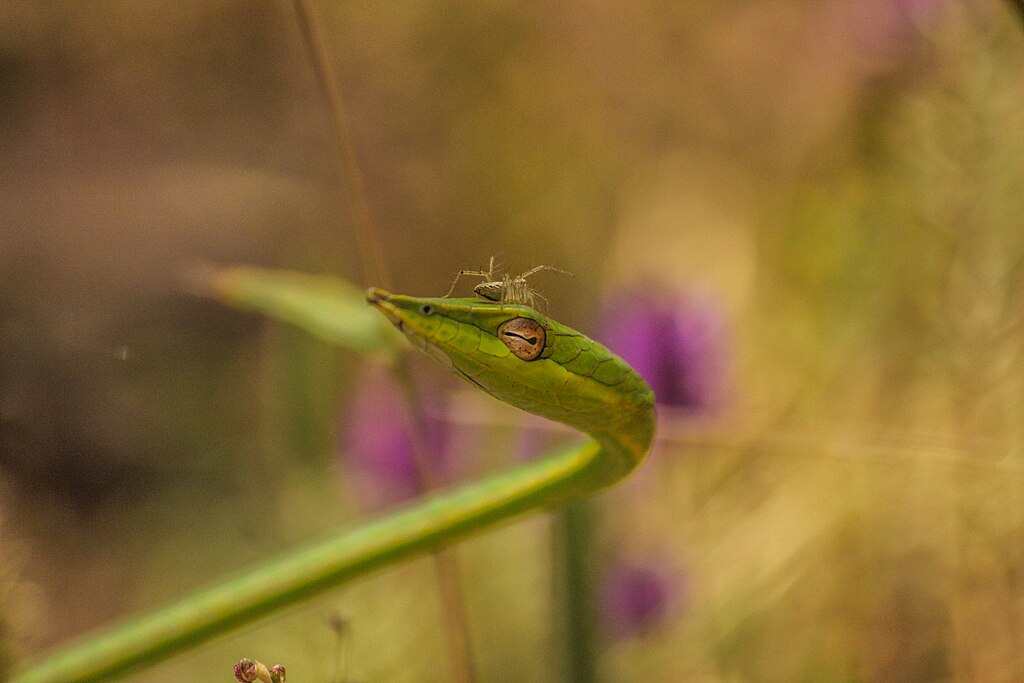
Heavy-bodied snake species like boas and pythons often employ rectilinear progression when traversing muddy terrain, a technique that resembles the movement of an inchworm. This specialized locomotion method involves the snake moving forward in a straight line by alternately lifting and advancing small sections of its ventral surface through coordinated muscle contractions. The belly scales pull forward slightly, then grip the substrate while another section advances, creating a smooth, continuous forward motion with minimal lateral movement. This technique proves remarkably effective in mud because it distributes the snake’s weight evenly across its length, preventing sinking and reducing energy expenditure. Additionally, the limited side-to-side movement minimizes the destabilizing effects that might occur with more dramatic undulations in an unstable muddy substrate.
Scale Adaptations for Muddy Locomotion

The microscopic structure of snake scales plays a crucial role in their ability to navigate muddy environments effectively. Many species that regularly encounter muddy habitats possess specialized ventral scales with microridges and nanoscale textures that enhance directional friction properties. These adaptations create a ratchet-like effect where forward movement encounters less resistance than backward slippage, helping maintain forward momentum in slick conditions. Some semi-aquatic and mud-dwelling snake species have evolved scales with hydrophobic properties that resist mud adhesion, reducing the additional weight and drag that could otherwise accumulate during movement. Research using scanning electron microscopy has revealed that these scale adaptations vary significantly between species from different habitats, with mud specialists showing more pronounced textural features compared to their dry-land counterparts.
Energy Conservation Strategies in Mud

Moving through mud requires substantially more energy than traversing dry surfaces, forcing snakes to develop specialized conservation strategies. Studies measuring oxygen consumption in snakes navigating different substrates have found that locomotion in mud can require up to three times more energy than movement on firm ground. To counteract this increased demand, many snake species adopt intermittent movement patterns when traversing muddy areas, alternating between active progression and rest periods that allow for metabolic recovery. These strategic pauses also serve another purpose – they provide opportunities for the snake to reassess its surroundings and plan the most efficient route forward. Some species further conserve energy by reducing their overall movement speed in mud, prioritizing stability and traction over rapid progression, which ultimately results in more efficient travel despite the slower pace.
Sensory Adaptations for Muddy Terrain Assessment
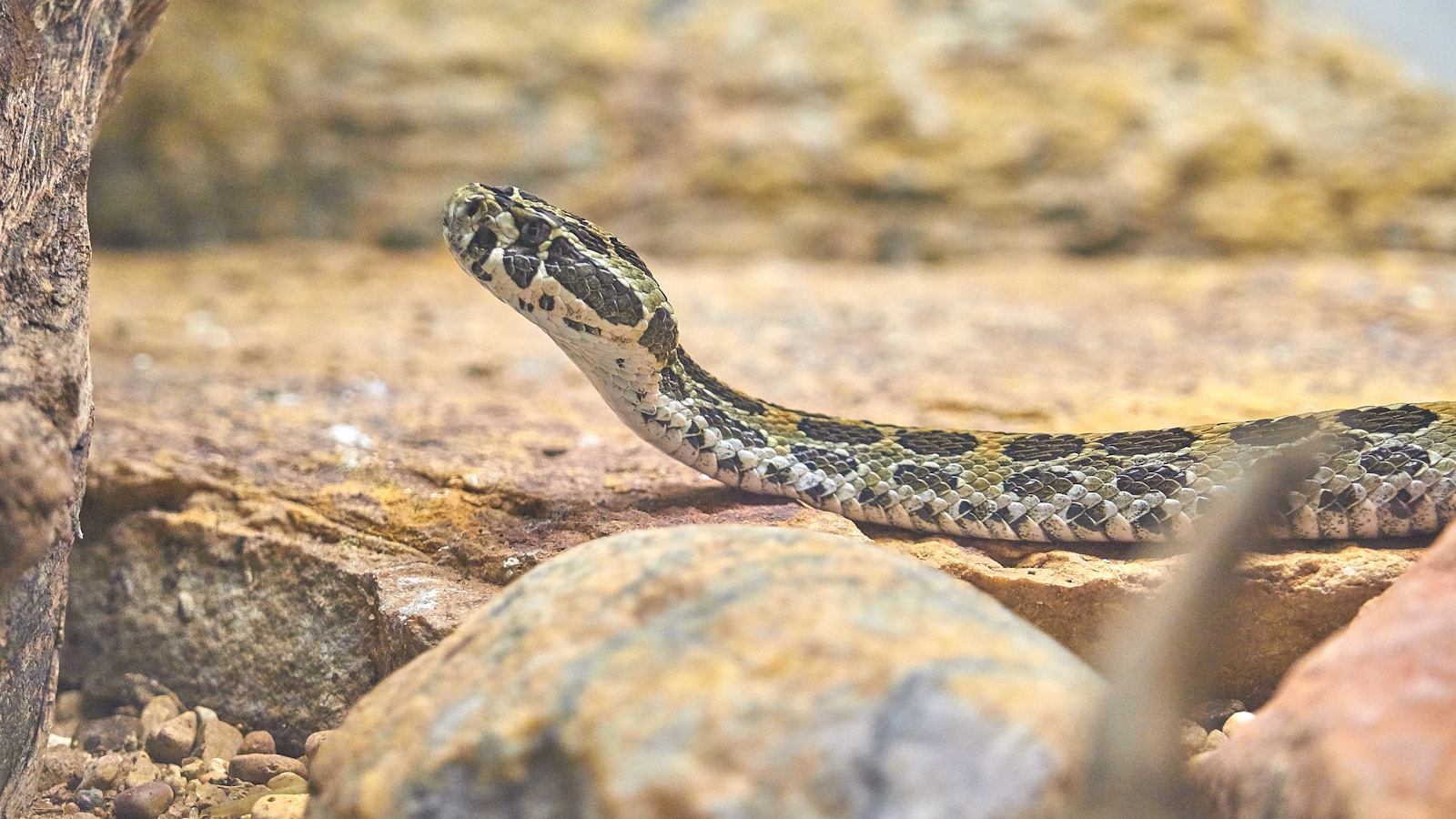
The successful navigation of muddy environments depends not only on physical movement adaptations but also on sophisticated sensory systems that allow snakes to assess terrain conditions. Many snake species possess highly sensitive mechanoreceptors in their lower jaw and ventral scales that can detect subtle variations in substrate consistency before committing to movement. These specialized sensory organs transmit information about the physical properties of the mud – including viscosity, depth, and stability – allowing the snake to adjust its locomotion strategy accordingly. Additionally, the snake’s remarkably sensitive inner ear structures detect low-frequency vibrations that travel through mud differently than through solid ground, providing another data point for terrain assessment. Some semi-aquatic species also demonstrate enhanced chemosensory abilities that can detect chemical signatures associated with different mud compositions, potentially helping them identify safer pathways through treacherous muddy environments.
Mud Specialists: Evolutionary Adaptations

Certain snake species have evolved as mud specialists, with body plans specifically adapted for life in muddy habitats. These specialized species, such as the Rainbow Water Snake (Enhydris enhydris) and certain file snakes (Acrochordus species), typically exhibit dorsoventrally flattened bodies that distribute weight more effectively across soft substrates. Their muscle architecture often shows increased development of the rectus abdominis muscles that power rectilinear movement, reflecting the importance of this locomotion style in their natural habitat. Many mud specialists also possess modified respiratory adaptations, including the ability to absorb oxygen through their skin and elevated breathing positions that keep their airways clear while partially submerged in mud. These evolutionary specializations represent millions of years of selection pressure, resulting in species that don’t merely survive in muddy environments but actively exploit the unique ecological niches they provide.
Behavioral Adaptations to Muddy Conditions
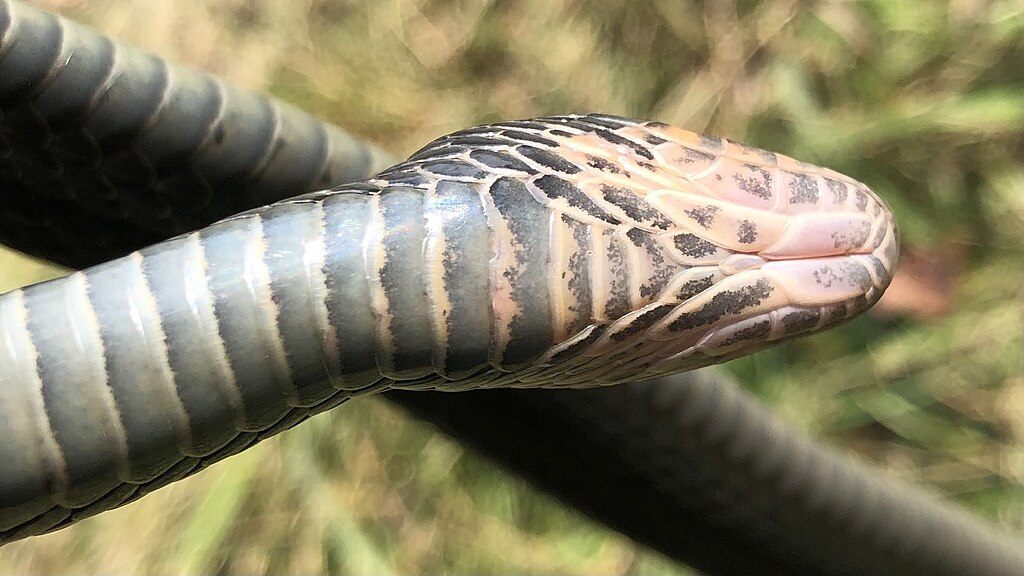
Beyond physical and physiological adaptations, snakes exhibit sophisticated behavioral modifications when navigating muddy terrain. Many species demonstrate impressive path-selection abilities, actively seeking firmer patches within muddy areas that offer better support for movement. Observational studies have documented snakes testing potential routes by extending their head and neck forward before committing their entire body, effectively “sampling” the stability of different paths. Some species display remarkable patience when traversing extensive muddy areas, moving slowly and deliberately to minimize energy expenditure and reduce the risk of becoming trapped. Interestingly, certain snakes have been observed using vegetation or debris as makeshift bridges across particularly challenging muddy sections, demonstrating problem-solving abilities that complement their physical adaptations for this difficult terrain.
Muddy Terrain as Predatory Advantage
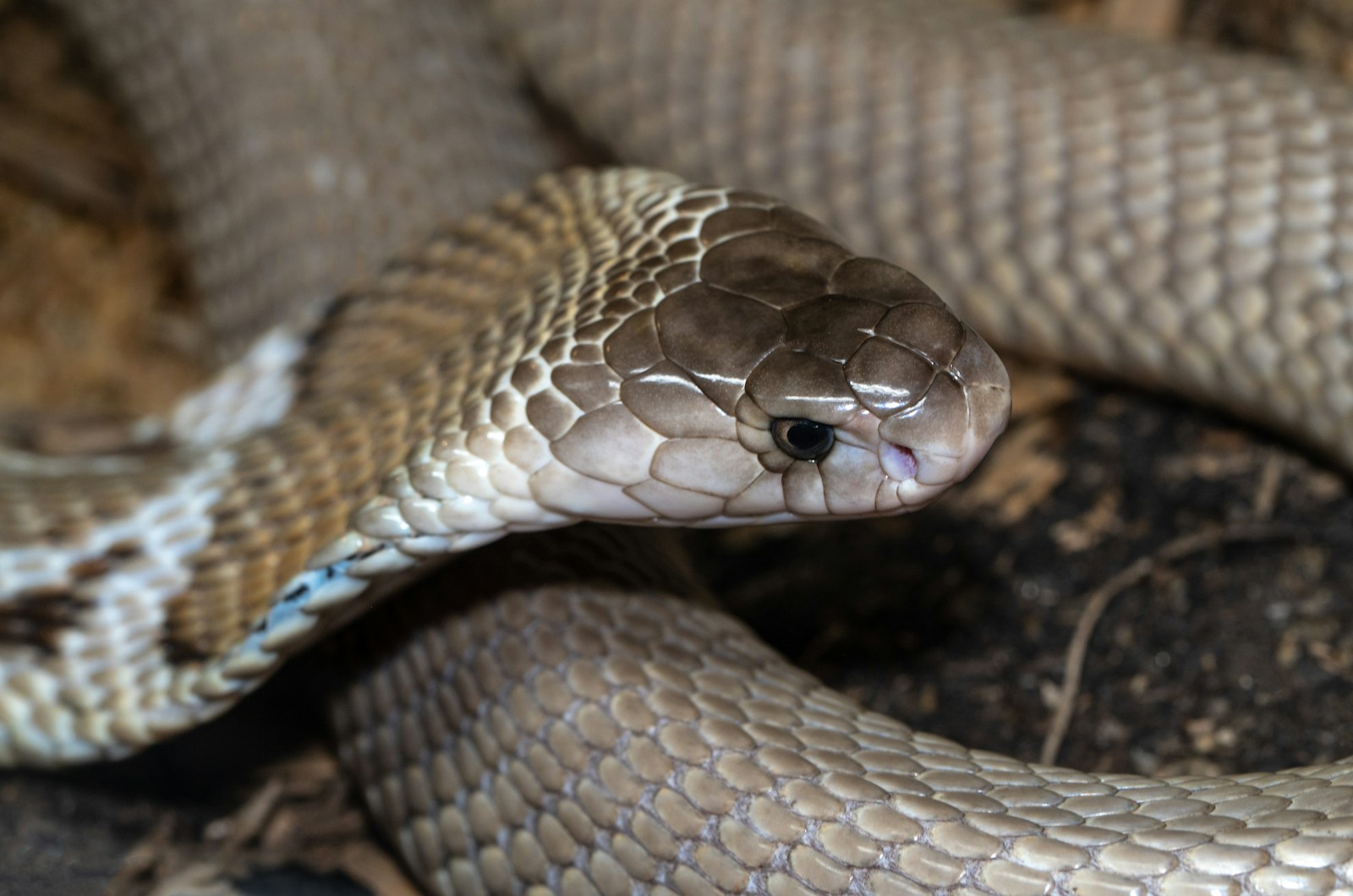
For some snake species, muddy environments represent not just a locomotion challenge but also a strategic hunting advantage. Species like the Cottonmouth (Agkistrodon piscivorus) and Mud Snake (Farancia abacura) leverage their superior mud navigation abilities to access prey that other predators might struggle to reach. These specialized hunters can move quietly through mud with minimal disturbance, approaching potential prey without detection. The reduced visibility in muddy water bodies also benefits ambush predators, allowing them to strike with minimal warning. Some mud-hunting specialists have even developed feeding strategies that exploit the properties of mud itself – certain aquatic snake species create negative pressure by quickly opening their mouths in mud, effectively sucking in small prey items along with the surrounding substrate before filtering out the unwanted material through their specialized jaw structures.
Scientific Research and Biomimetic Applications

The remarkable ability of snakes to navigate muddy terrain has attracted significant scientific interest, particularly in the fields of robotics and biomimetic engineering. Researchers studying snake locomotion in challenging substrates have developed sophisticated mathematical models that describe the complex interactions between serpentine movement and non-Newtonian fluids like mud. These insights have directly informed the design of snake-inspired robots capable of traversing difficult terrain unsuitable for wheeled or legged machines. Such “mud robots” have practical applications in search and rescue operations, pipeline inspection, and disaster response scenarios where traditional vehicles cannot operate. The energy-efficient movement strategies of snakes in mud have also inspired innovations in soft robotics, where flexible, adaptable machines mimic biological systems to achieve unprecedented mobility in complex environments.
Conservation Implications in Changing Environments
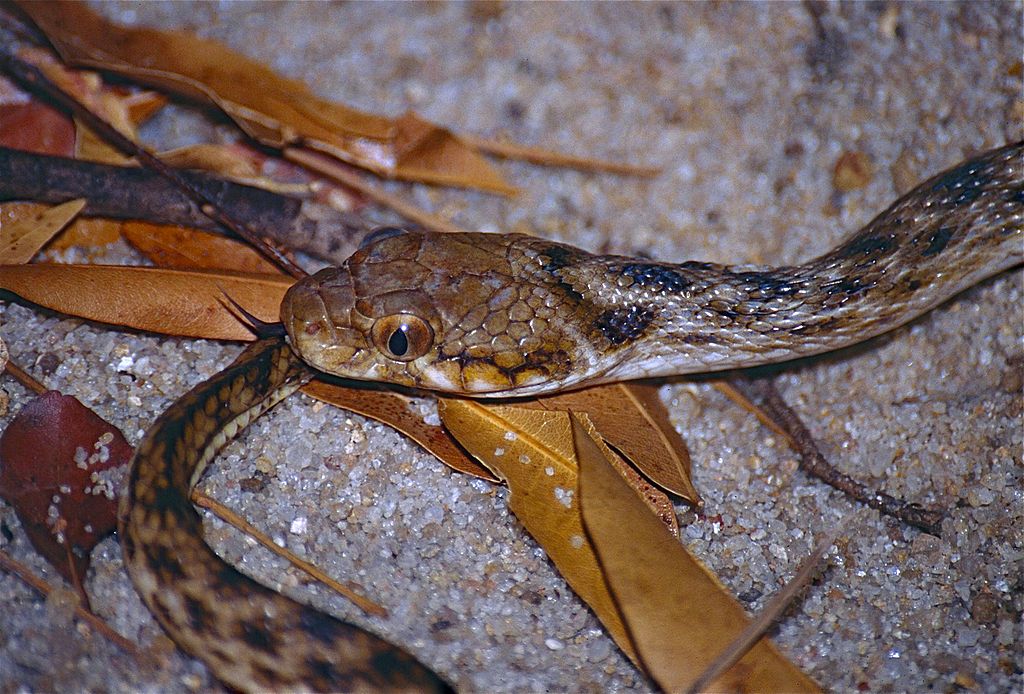
The specialized adaptations that allow snakes to navigate muddy terrain have important conservation implications, particularly as climate change alters precipitation patterns worldwide. Many snake species that have evolved specific mud-navigation strategies depend on seasonal wetlands and muddy habitats that are increasingly threatened by drought, development, and altered hydrology. Conversely, in regions experiencing increased rainfall and flooding, some snake populations must adapt to more prevalent muddy conditions than they historically encountered in their range. Understanding how different snake species respond to these changes in substrate conditions provides valuable insights for conservation planning and habitat management. The specialized mud navigation abilities of certain snake species also highlights the importance of preserving diverse microhabitats within protected areas, ensuring that the full spectrum of environmental conditions remains available to support biodiversity.
The remarkable adaptations snakes employ to navigate muddy terrain exemplify the incredible plasticity and specialization that evolution can produce. From modified movement patterns and specialized scales to sensory enhancements and behavioral strategies, snakes demonstrate a comprehensive suite of adaptations that transform potential obstacles into opportunities. These adaptations not only showcase the biological ingenuity that has allowed snakes to colonize virtually every terrestrial habitat on Earth but also provide inspiration for human engineering and technology. As we continue to study these fascinating reptiles, their mud-navigating abilities remind us that nature’s solutions to complex physical challenges often surpass our human innovations in both elegance and efficiency. In the continuing dance between evolutionary adaptation and environmental challenge, the snake’s mastery of muddy terrain stands as a testament to the remarkable problem-solving power of natural selection.





